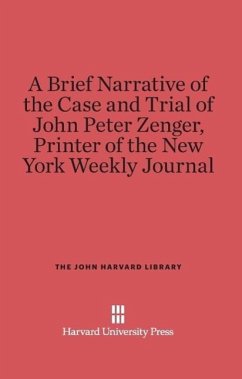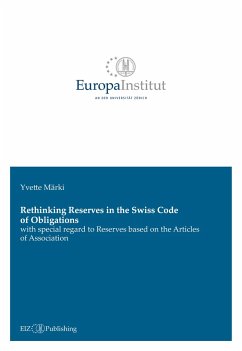
From Proposal to Rejection: The Controversial Revision of the York-Antwerp Rules in 2004
Versandkostenfrei!
Versandfertig in 6-10 Tagen
27,99 €
inkl. MwSt.

PAYBACK Punkte
0 °P sammeln!
In 2004, the York-Antwerp Rules (YAR), a cornerstone of general average in maritime law, underwent a revision at the Comité Maritime International (CMI) conference. Led by cargo insurers, the proposed changes aimed to modernize the YAR 1994. However, this revision sparked controversy. Shipowners, a key stakeholder group, vehemently opposed the amendments. Despite their objections, the CMI adopted the YAR 2004. However, the industry's resistance proved strong. Shipowners, led by BIMCO, actively discouraged the use of YAR 2004, ultimately rendering it a failed attempt at reform. Today, the YAR ...
In 2004, the York-Antwerp Rules (YAR), a cornerstone of general average in maritime law, underwent a revision at the Comité Maritime International (CMI) conference. Led by cargo insurers, the proposed changes aimed to modernize the YAR 1994. However, this revision sparked controversy. Shipowners, a key stakeholder group, vehemently opposed the amendments. Despite their objections, the CMI adopted the YAR 2004. However, the industry's resistance proved strong. Shipowners, led by BIMCO, actively discouraged the use of YAR 2004, ultimately rendering it a failed attempt at reform. Today, the YAR 1994 remains the dominant standard, highlighting the challenges of achieving consensus in revising established maritime legal frameworks.














